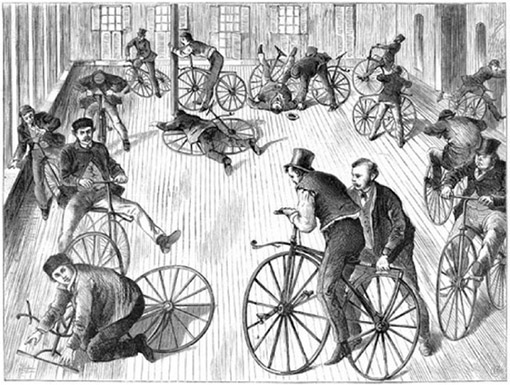7.2 Knowledge creation: codification, abstraction and diffusion
Recognising that knowledge does not exist in a single form is the first step in knowledge creation. The first distinction to be made is therefore between ‘tacit’ and ‘explicit’ knowledge. The difference between the two can be illustrated by the analogy of teaching someone to ride a bicycle. The basic technique of riding can be explained but it is impossible to communicate the nuances of coordination required to balance the machine upright or negotiate a bend in the road. Similarly, the written convention of how to proceed on the public highway can be explained, but it is much more difficult to transfer the skills required to anticipate another road user’s actions.
In this example, the explicit knowledge is that required to understand and apply the conventions of what part of the bicycle to hold onto and the basic sequence of events to pedal, brake and steer successfully. This knowledge is easily communicated and is very often codified into some standard form. In the UK the rules and conventions for travelling on public highways is expressed in the ‘Highway Code’. We can see from this that explicit knowledge is relatively easy to transfer but the nuances of coordination or the craft of negotiating heavy traffic is less simple to transfer effectively. Both these areas of knowledge are tacit in their nature. In fact, it is impossible to put this knowledge into words in a complete manner. Tacit knowledge is embedded in the individual or shared between groups of people. It can only be transferred through gaining experience of the relevant domain.
Within the knowledge management literature there has been much discussion about the problem of transforming tacit to explicit knowledge. A particularly useful approach for this course – because it helps us gain insights into the relationship between a capability and its potential for value creation (and therefore in a commercial setting, competitive advantage) – is the argument that there are three dimensions to knowledge. Boisot (1998) identifies these as, codification, abstraction, and diffusion.

